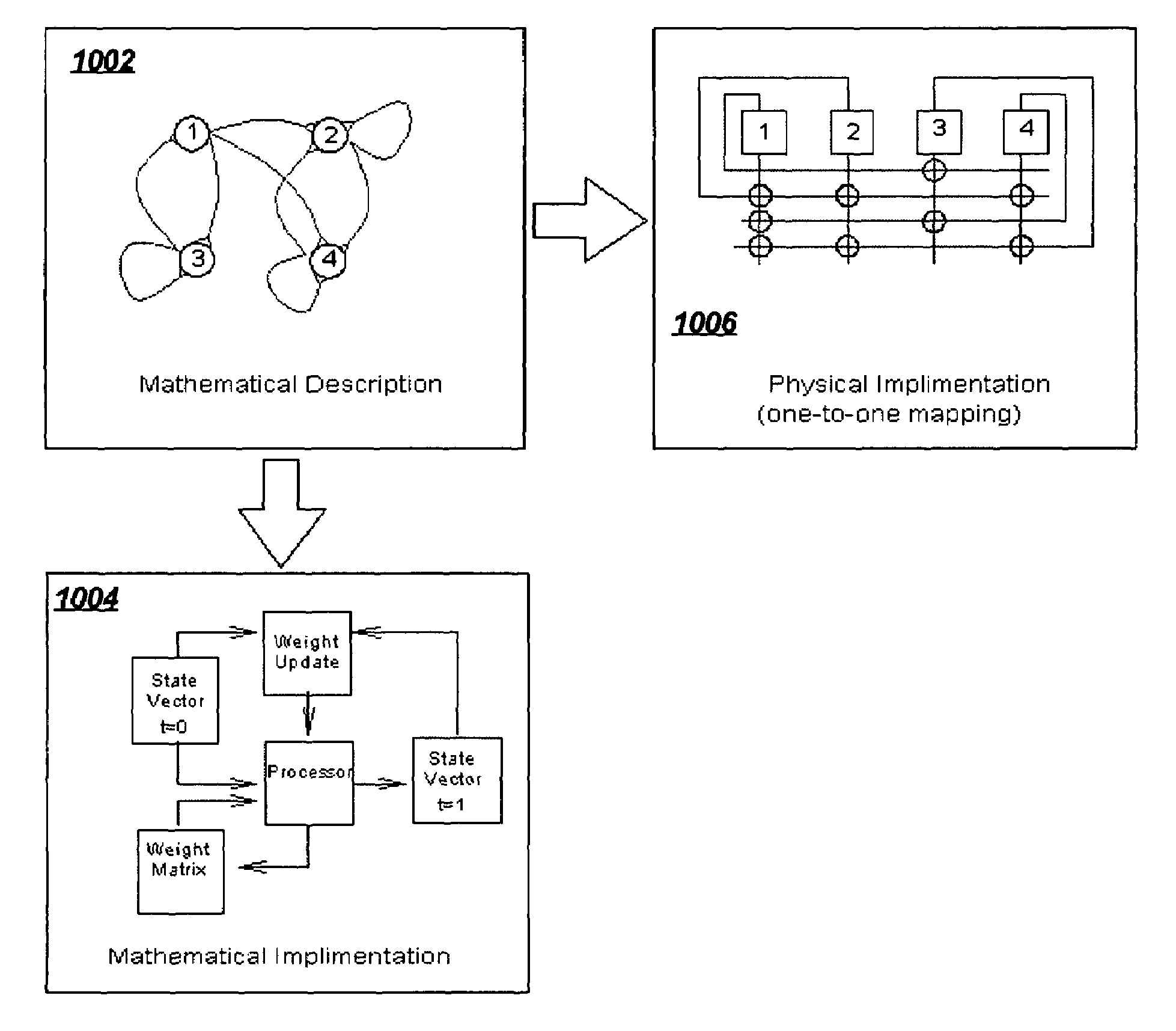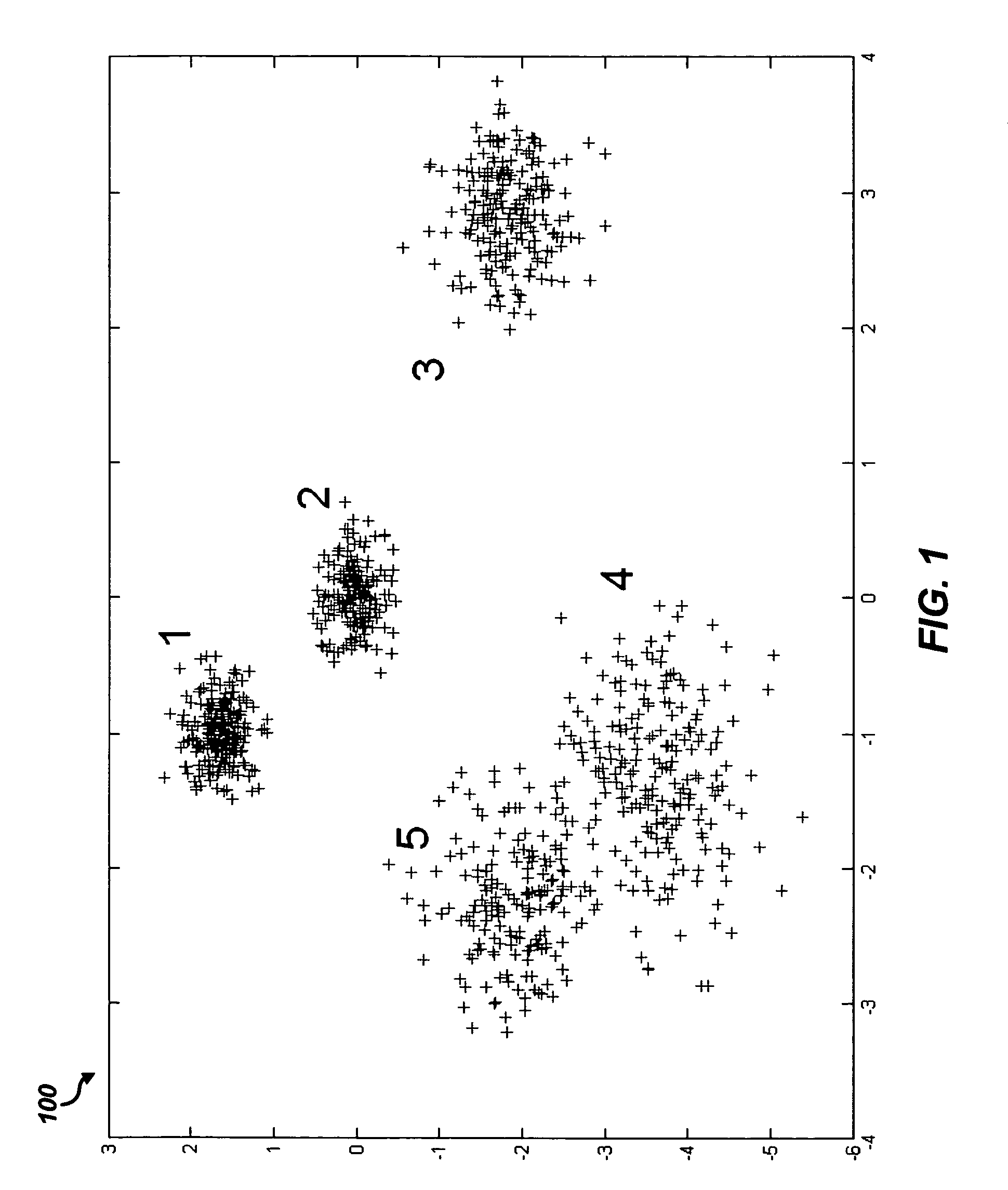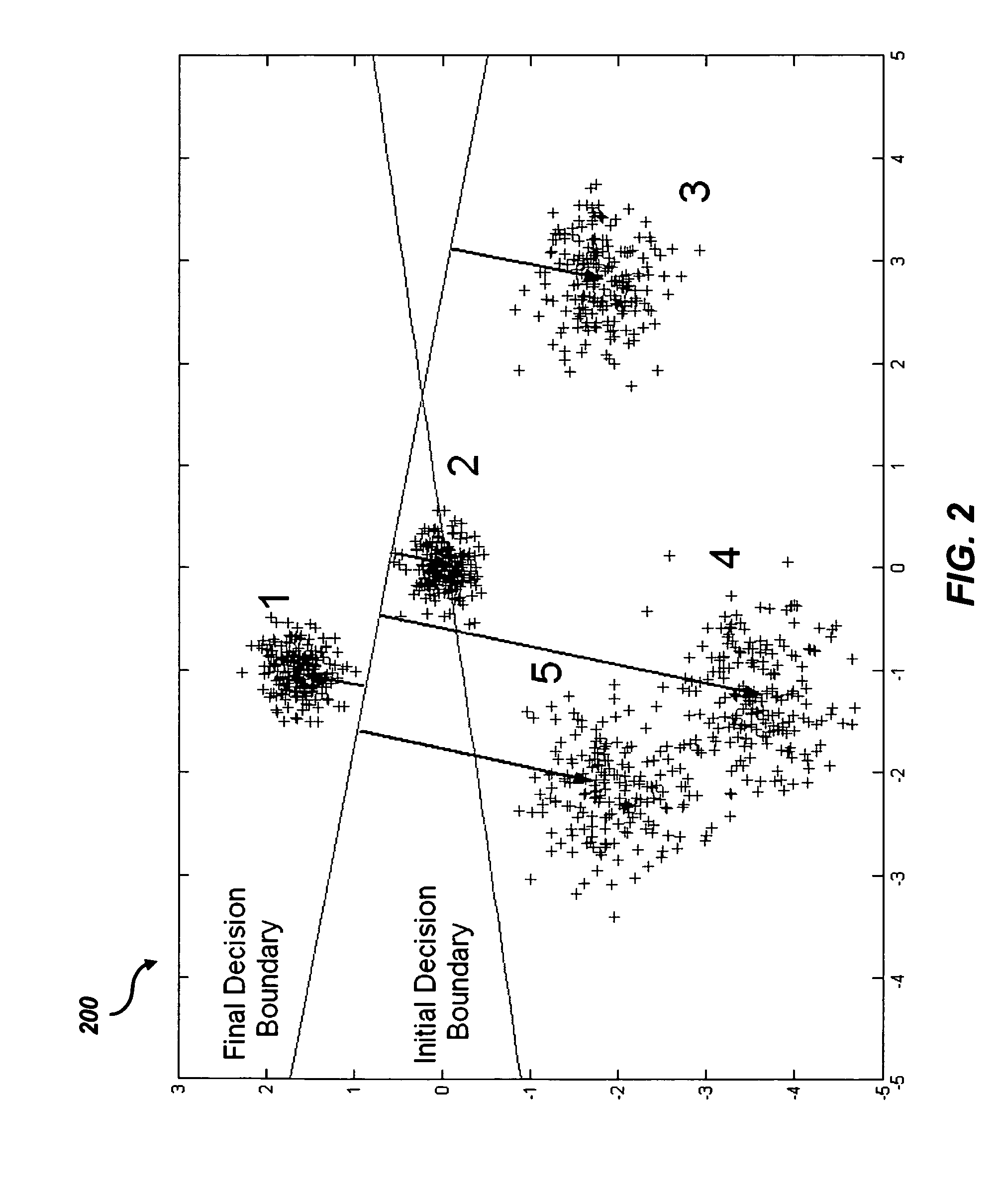Training of a physical neural network
a neural network and neural network technology, applied in the field of molecular technology, can solve the problems of slow software simulation, unsuitable conventional computers for many real-time problems for which no efficient algorithm is presently available, and prove extremely difficult, and achieve the effect of facilitating understanding
- Summary
- Abstract
- Description
- Claims
- Application Information
AI Technical Summary
Problems solved by technology
Method used
Image
Examples
Embodiment Construction
[0056]The particular values and configurations discussed in these non-limiting examples can be varied and are cited merely to illustrate an embodiment of the present invention and are not intended to limit the scope of the invention.
[0057]The physical neural network disclosed herein with respect to one or more embodiments can be referred to generically as a Knowm™. The terms “physical neural network” and “Knowm” can thus be utilized interchangeably to refer to the same device, network, or structure. The term “Knowm” can also refer to a semiconductor implementation, such as a physical neural network chip and / or synapse chip. Note that the terms “physical neural network chip” and “synapse chip” can also be utilized herein to refer generally to the same or analogous type of Knowm™ device.
[0058]Network orders of magnitude larger than current VSLI neural networks can now be built. One consideration for a Knowm™ is that it must be large enough for its inherent parallelism to shine through...
PUM
 Login to View More
Login to View More Abstract
Description
Claims
Application Information
 Login to View More
Login to View More - R&D
- Intellectual Property
- Life Sciences
- Materials
- Tech Scout
- Unparalleled Data Quality
- Higher Quality Content
- 60% Fewer Hallucinations
Browse by: Latest US Patents, China's latest patents, Technical Efficacy Thesaurus, Application Domain, Technology Topic, Popular Technical Reports.
© 2025 PatSnap. All rights reserved.Legal|Privacy policy|Modern Slavery Act Transparency Statement|Sitemap|About US| Contact US: help@patsnap.com



